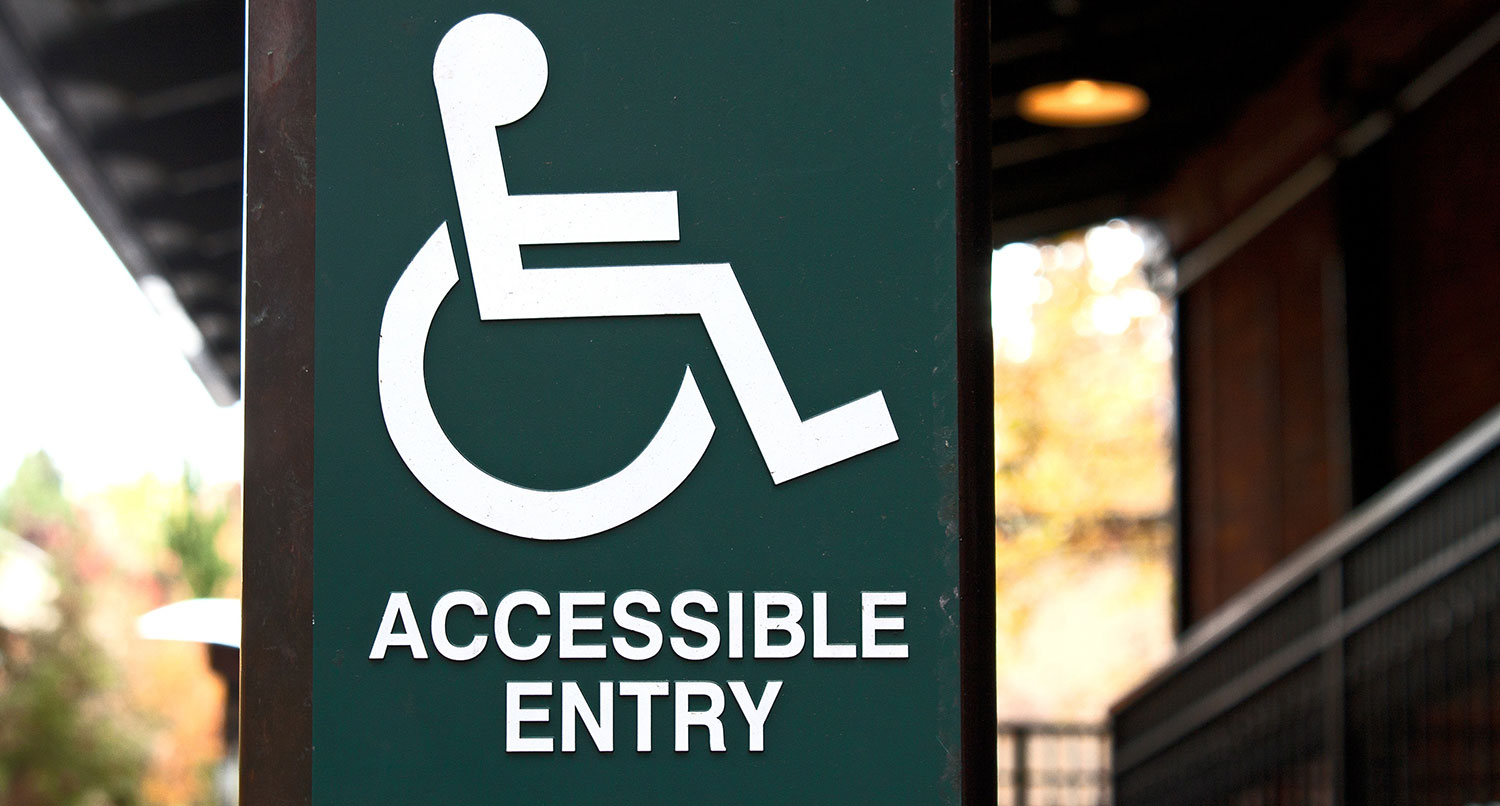On January 3, Mary Conner, a blind New York woman, sued Beyonce’s company Parkwood Entertainment because she could not navigate Beyonce.com, and thus the website violated the Americans with Disabilities Act.
The case probably has a long way to go, and there’s obviously no guarantee that Conner will win the lawsuit.
But what this should do is be a wake up call for everyone who creates and builds websites (this includes small business owners with websites). Your websites should (and must, I would argue) be accessible for those who might use a keyboard, screen reader or any other assistive technology to navigate the web. In this modern age of the internet, accessibility isn’t a feature — it’s a requirement.
And even if you were to take away the threat of a lawsuit, creating and making accessible websites is something everyone should be doing.
Accessibility opens up a whole new user base
According to a 2005 study from the U.S. Census Bureau, about 54 million people, or 18.7 of the U.S. population, had some sort of disability. Now, while that includes disabilities that don’t affect computer usage, that number on the whole has probably gone up over the years.
Still, that’s a whole lot of people that could potentially come to your website and not be able to navigate and use it and leave in frustration. And that hurts your reputation and could, as the Beyonce story shows, get you sued.
So going through your site, looking and checking for accessibility issues and fixing them opens up access for a much wider number of people and potential clients. Or better yet, you can design your website to address accessibility concerns before developing, making it even easier.
And all of that is much better for your website and/or business.
It helps out SEO
I feel like people shouldn’t need a cheap incentive like SEO in order to make a change that really benefits everyone, but here we are. And yes, focusing on SEO will make your site’s SEO much better.
Think about it. Search engine indexers are essentially page readers. They can “see” your site but they can’t really see your website. They have no idea of the context of the elements on the page out of the box, similar to that of a visually impaired person. So when you give context to things through making your site accessible to impaired people, you’re also helping out those indexers.
A great example is alt text for images. Yes, technically Google can see and scan your image. But it has absolutely no idea about the context or the specifics of the image. That’s where the alt text comes in. In addition to describing the photo to a visually impaired person, it also describes it to the indexer. And then the search engine can use that information to sort and rank your site.
That plus other really good accessibility practices will help grow your SEO, even if you shouldn’t need that incentive to make sure your site is accessible.
The web is meant for everyone
But most of all, making your website(s) accessible for everyone is helping to make the internet the best that it can be.
The internet, at least in principle, is a place where anyone can do basically anything. Someone in Africa can start a website to tell the story of their village and reach people all over the world. And someone in a remote location in, say, Wyoming can buy something they would otherwise have to travel hundreds or thousands of miles to buy physically.
Making our websites more accessible does the same for people who need assistance to navigate the web. It shows them that this is a place for them as well, and it allows them to do the same things we do. And that empowerment can do really cool things.
Take Steve Gleason for example. The former New Orleans Saints player was diagnosed with amyotrophic lateral sclerosis, or ALS, back in 2011. Because of the disease, Gleason navigates and types on a computer with his eyes. He still tweets and is an inspiration for many, many people. But what if he couldn’t do any of that because websites were inaccessible or hard to navigate for him?
So do things for Gleason and those like him. Design and build your websites so that people who use a screen reader, keyboard or other assistive technology can use your website. It’ll be a massive help to them and the return on investment will be bigger than what you think it will be.



